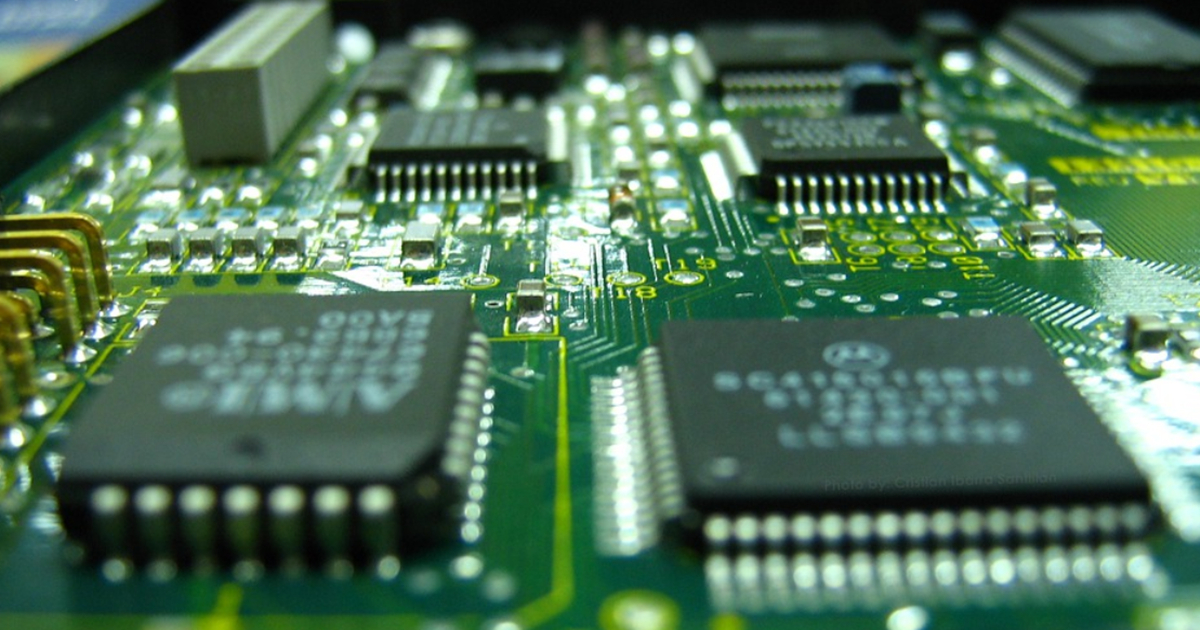Device and Integration Technology of Microelectronics
A special issue of Applied Sciences (ISSN 2076-3417). This special issue belongs to the section "Electrical, Electronics and Communications Engineering".
Deadline for manuscript submissions: closed (20 June 2023) | Viewed by 2791

Special Issue Editors
Interests: integrated circuit technique
Interests: integrated circuit technique and reliability issues
Interests: post-Moore information materials and devices
Interests: third/fourth-generation novel semiconductors; wide bandgap metal oxide; advanced synaptic electronic devices and their artificial intelligence applications (AI-integrated circuit); wearable electronics with integration of bio-sensors and TENG
Special Issues, Collections and Topics in MDPI journals
Special Issue Information
Dear Colleagues,
The basic and core content of microelectronics is the semiconductor devices. These devices help with miniaturization and integration through advanced integration technology. The development of devices in the post-Moore era occurs mainly through two aspects. On the one hand, devices continue to be scaled down, but the focus of optimization is both performance and power consumption. On the other hand, the development of devices is diversified, and various devices prepared with new structures, new principles or new methods have emerged. As for integration technology, three-dimensional vertical integration plays the key role in its effective scaling down at this stage. This solves the contradiction between the planar resolution bottleneck and the requirement to increase the density.
This Special Issue intends to present new ideas and experimental results in the field of advanced devices and integration technology of microelectronics, evolving it from theories, simulations, processes and experiments to practical uses. Areas relevant to this field include, but are not limited to, new processes, novel devices, advanced integration technology and applications.
This Special Issue will publish original, high-quality research papers on topics including, but not limited to, the following:
- Advances in various conventional micro/nanoelectronic devices (optoelectronics, power devices, sensors, bioelectronics, etc.).
- Emerging micro/nanoelectronic devices and physics (tunnel FET, 2D materials, CNTs, nanowires, etc.).
- Device and integration technology of memory, including advances in both conventional memories (SRAM, DRAM and Flash) and emerging memories (RRAM, MRAM, PRAM and FeRAM).
- Integration technology of microelectronics (2.5D/3D/heterogeneous integration, novel integration schemes for advanced nodes, integrated implementations of power/optical/biodevices, etc.).
- Electrical and physical characterization, reliability evaluation and yield analysis of device and integration technology of microelectronics.
Prof. Zhengsheng Han
Prof. Dr. Jinshun Bi
Prof. Dr. Gang Niu
Dr. Chun Zhao
Guest Editors
Manuscript Submission Information
Manuscripts should be submitted online at www.mdpi.com by registering and logging in to this website. Once you are registered, click here to go to the submission form. Manuscripts can be submitted until the deadline. All submissions that pass pre-check are peer-reviewed. Accepted papers will be published continuously in the journal (as soon as accepted) and will be listed together on the special issue website. Research articles, review articles as well as short communications are invited. For planned papers, a title and short abstract (about 100 words) can be sent to the Editorial Office for announcement on this website.
Submitted manuscripts should not have been published previously, nor be under consideration for publication elsewhere (except conference proceedings papers). All manuscripts are thoroughly refereed through a single-blind peer-review process. A guide for authors and other relevant information for submission of manuscripts is available on the Instructions for Authors page. Applied Sciences is an international peer-reviewed open access semimonthly journal published by MDPI.
Please visit the Instructions for Authors page before submitting a manuscript. The Article Processing Charge (APC) for publication in this open access journal is 2400 CHF (Swiss Francs). Submitted papers should be well formatted and use good English. Authors may use MDPI's English editing service prior to publication or during author revisions.
Keywords
- emerging devices
- integration technology
- technology of memory
- reliability evaluation
Benefits of Publishing in a Special Issue
- Ease of navigation: Grouping papers by topic helps scholars navigate broad scope journals more efficiently.
- Greater discoverability: Special Issues support the reach and impact of scientific research. Articles in Special Issues are more discoverable and cited more frequently.
- Expansion of research network: Special Issues facilitate connections among authors, fostering scientific collaborations.
- External promotion: Articles in Special Issues are often promoted through the journal's social media, increasing their visibility.
- e-Book format: Special Issues with more than 10 articles can be published as dedicated e-books, ensuring wide and rapid dissemination.
Further information on MDPI's Special Issue polices can be found here.






